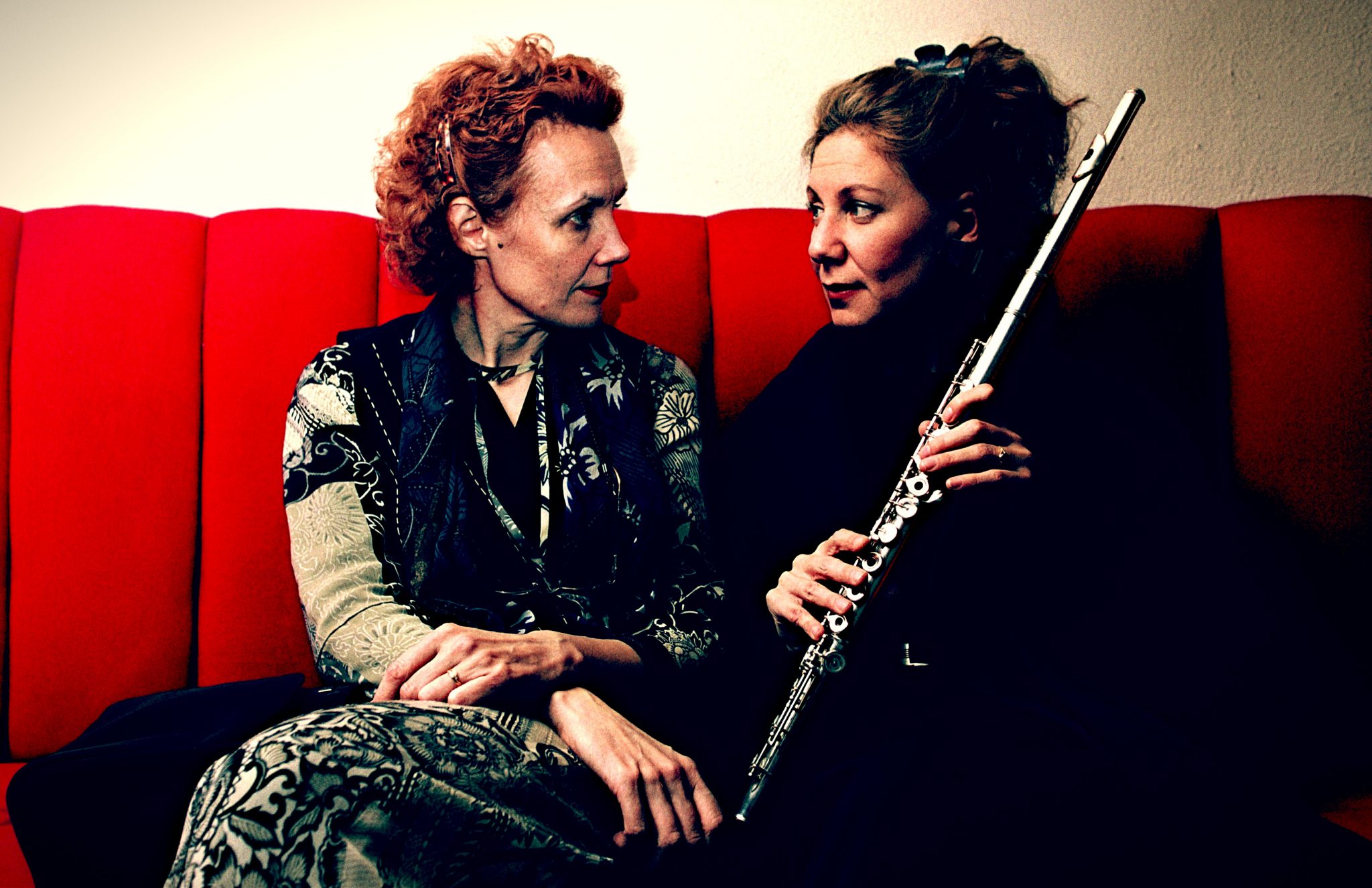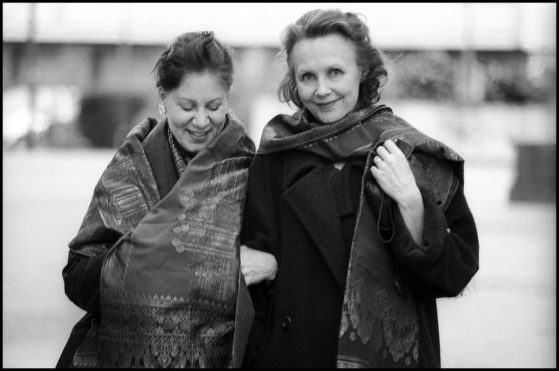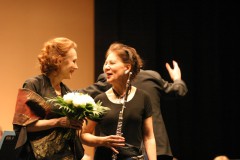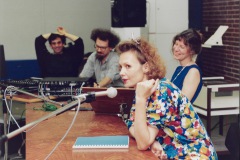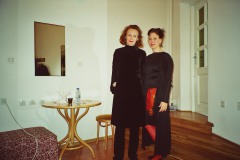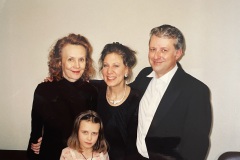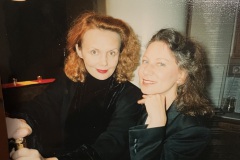The FLUTE MUSIC OF KAIJA SAARIAHO
Since Kaija Saariaho’s passing in June 2023, there has been an increased interest in her music, and several of her flute pieces are now included as requirements for international flute competitions. More that ever I realize how privileged I am to have had her as a friend and collaborator for over 40 years. With these and other writings, together with the recitals and workshops I offer, I hope to contribute to a richer understanding of Saariaho’s artistic legacy, helping flutists and others to familiarize themselves with her amazing repertoire along the way
View her official website here
©Jean-Luis Fernandez
The Flute Music of Kaija Saariaho – Some Notes on the Musical Language
by Camilla Hoitenga, D.M.A.
© 2011, all rights reserved
In this article, I reflect on my long collaboration with Kaija Saariaho through the lens of her major flute works: Laconisme de l’aile, NoaNoa, Couleurs du vent, Aile du songe, and Dolce Tormento.
Over the years, I had the honor of premiering many of these pieces and discussing every detail with Kaija herself. Here, I share what I’ve learned from those experiences—about her approach to sound, extended techniques, microtonality, electronics, and the expressive use of breath and voice.
It’s both a technical exploration and a personal reflection, enriched by some of Kaija’s own words along the way.
Download the full article (PDF)
The Flute Music of Kaija Saariaho – Answers to Frequently Asked Questions
by Dr. Camilla Hoitenga (2011)
Over the years, I’ve been asked many questions by flutists preparing Saariaho’s works:
How do I practice her rhythms? How do I shape the phrases? What does she really mean in that bar of Laconisme de l’aile?
This document gathers my answers to those frequently asked questions—drawn from years of performing and working closely with Kaija. It includes both general advice and practical tips for interpreting her flute music with confidence and care.
I hope it helps you find your own way into her sound world.
The Flute Music of Kaija Saariaho – A Personal History
by Dr. Camilla Hoitenga
© 2011, all rights reserved
In this memoir-style article, I trace the story of my collaboration with Kaija Saariaho from our first meeting in Darmstadt in 1982 through the many flute pieces she went on to compose—often with me in mind– through 2001.
What began with Laconisme de l’aile grew into a rich creative partnership that shaped much of my career, including the creation and premiere of NoaNoa, Couleurs du vent, Dolce Tormento, and her major flute concerto Aile du songe. Along the way, there were surprises, challenges, and even funny performance mishaps—all part of a unique musical journey that continues to inspire me even now as a memory.
Download the full article (PDF)
Gallery:
